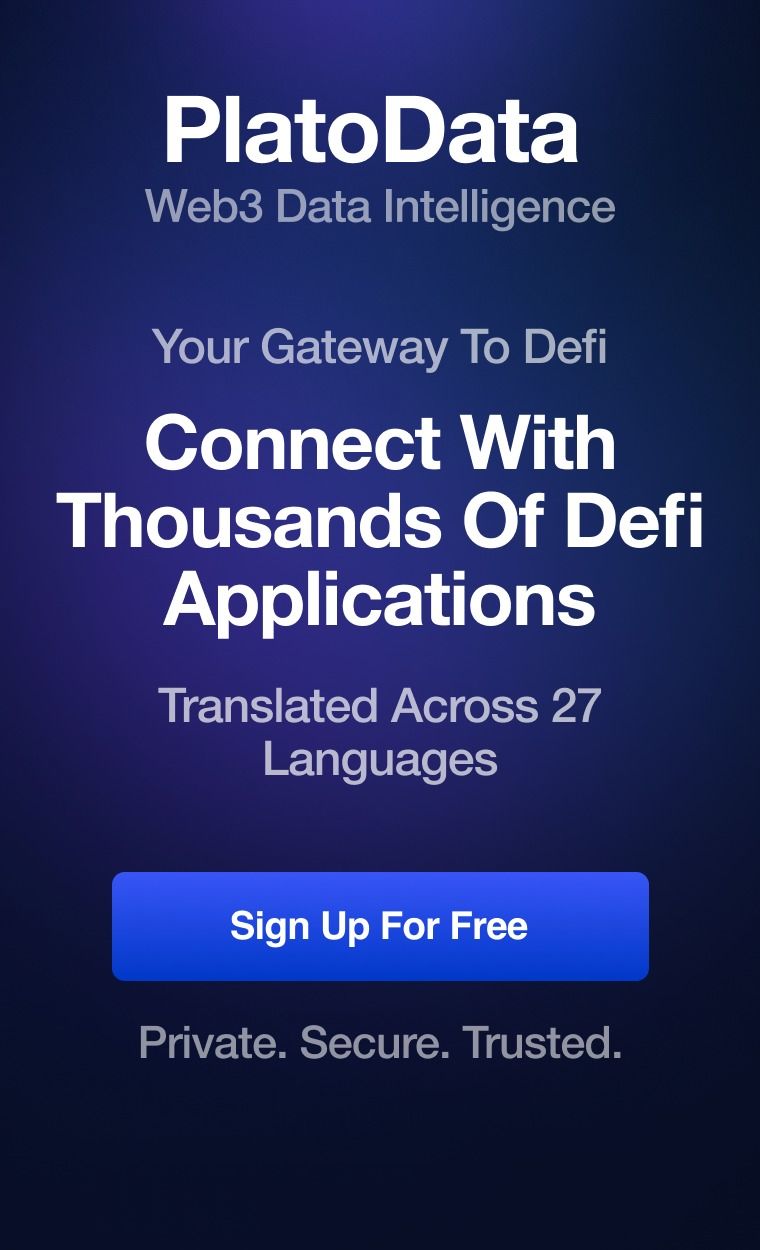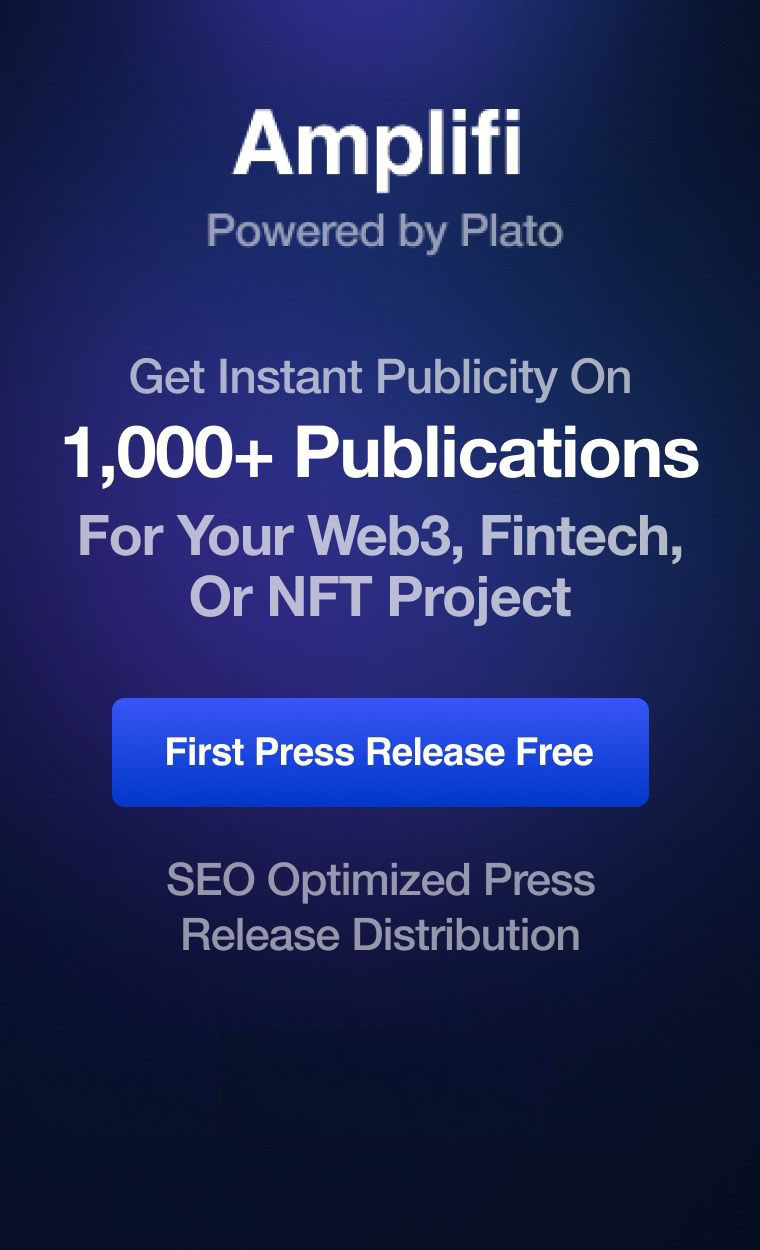In this article, we provide traders a detailed review of the Binance app for iPhone and Android. We compare app extensions in terms of their design, trade functions, and download/install processes. Additionally, we provide the pros and cons of using apps and how well they perform in comparison with the main Binance platform.
In case you’re looking for our Binance Review, please click here.
Does Binance have an app for iPhone and Android?
Yes, however, there are some differences as we will describe in this article.
Step-by-step Guide: How do I trade with the Binance app?
The installation process differs between iOS and Android users that wish to trade with the Binance App. As such, Android owners will find it much easier to install the app, as you shall see from our step-by-step guide below.
1. Installation Process
If you happen to have an Android, just go to Google Play and download/install the app directly.
However, iOS users should first locate the page where installation can commence. You can do so through this link, using a QR code scanner on your phone, as seen below.
Then, simply tap “Install” to start the installation process. This is where it starts to get even more interesting. App Store does not hold the Binance app anymore, so you will need to remove barriers for the app. You do so by going to “Settings,” then “General,’ and finally to the “Device Management” tab.
You will see the owner “mauna, ooo” and you need to tap “Trust” for the app to work, as seen below.

Do not worry, as the Reddit community verified that name already.
2. Login
Binance app login is very much the same as with website registration. Users have the option to turn on Google Authenticator as an additional layer of security. If you already installed the 2FA but then bought a new phone, you may want to check out our guide on how to reset the Google Authenticator.
3. Choose trading pair
As with any other trading platform, you get to choose a trading pair. In our example, it is NULS/BNB. However, there are tons of other options for you to choose from, including BTC, LTC, ETH, and many other pairings.
4. Select the type of order
Binance app offers two main types of order, buy (long) or sell (short). In addition, you have three functions:
- Limit Order (traders set the price for the order)
- Market Order (current price in the market)
- Stop-limit (a stop-loss function)
5. Press BUY to execute the order.
As seen from the snapshot below, all you are left to do is to tap “Buy” for a position to go live. Once you feel you have obtained an acceptable level of profit (or loss), tap “Close” to liquidate the position.

Review: Binance app for iPhone and Android:
How to use the Binance app?
As you saw in the previous screen, there are 5 different tabs at the bottom:
• Home (Here are your account’s balance, prices for cryptos, and volumes traded information)
• Markets (Here you can find live changes to coins’ values in combination with the main pair – BTC, BNB, ALTS, and USD)
• Trade (Here is the trade form where you can create and close positions)
• Funds (Here is your online wallet where you can check out your balance)
• Account (Here you will find your account information, settings, support, and chat options)
In the top menu, you will find Order History which provides information on all of your previous positions.
Trading features: Binance App vs Binance Desktop?
Thinking in terms of Binance App vs Binance Desktop, there is very little difference between the two. Functions are practically the same fort both Binance app and desktop extensions. However, design matters quite a lot for bitcoin traders, especially for starters. There are two main functions that the phone app has for both beginners and experts:
The Binance app has several differences from the online or desktop versions.
- Design is very simplified
- Lack of extensive charting tools
Binance app is geared more for a fast market response whereas desktop allows traders to employ full chart investigation.
Binance app for iPhone vs Android App
During our comparative analysis of the Binance app for the iPhone vs Android app, it is evident that not much can separate the two. Both offer the same trading functions, including limit orders and basic chart analysis. Additionally, all coins are there and US traders cannot use either of them. The company is in the midst of a new exchange creation for US customers. Thus, we might see the corresponding app coming along with the new trading platform as well.
The only major difference is the fact that you can download the Android app directly from Google Play. iOS users would need to go through the Binance website instead since the company withdrew from the Apple store.
Review Binance app for iPhone and Android App: Binance App Pros and Cons
Here are summarized Binance app for iPhone and Android pros and cons that you, as a trader, should know about before you download it:
Pros
– fast trading decisions & analysis
– instant access to altcoin markets
– convenient when away from the computer
Cons
– iOS users cannot download the app from the Apple Store
– limited charts and charting tools
– not convenient for large trades and deep market analysis
Overall, both extensions share the pros and cons, as there is not much difference between them. They are meant for short trading analysis and smaller transactions. Experienced traders might find these useful since they already possess enough knowledge to conduct scalping trading. On the other side, we recommend trading starters to keep crypto trading small in value.
Conclusion
In this Review Binance IOS, we provide a detailed analysis of the Binance iOS and Android app. As a conclusion, there is not much difference between apps and the main Binance platform in terms of trading functions. However, it is limited in chart designs. Thus, it is recommended for traders to use it mostly for quick market checkups and/or for small-sized trades.
In case you would like to read other trading platform reviews, please click PrimeXBT Review – Crypto Trading Futures and Leverage or eToro Review.
You can find all the reviews that we have published so far in this link.




